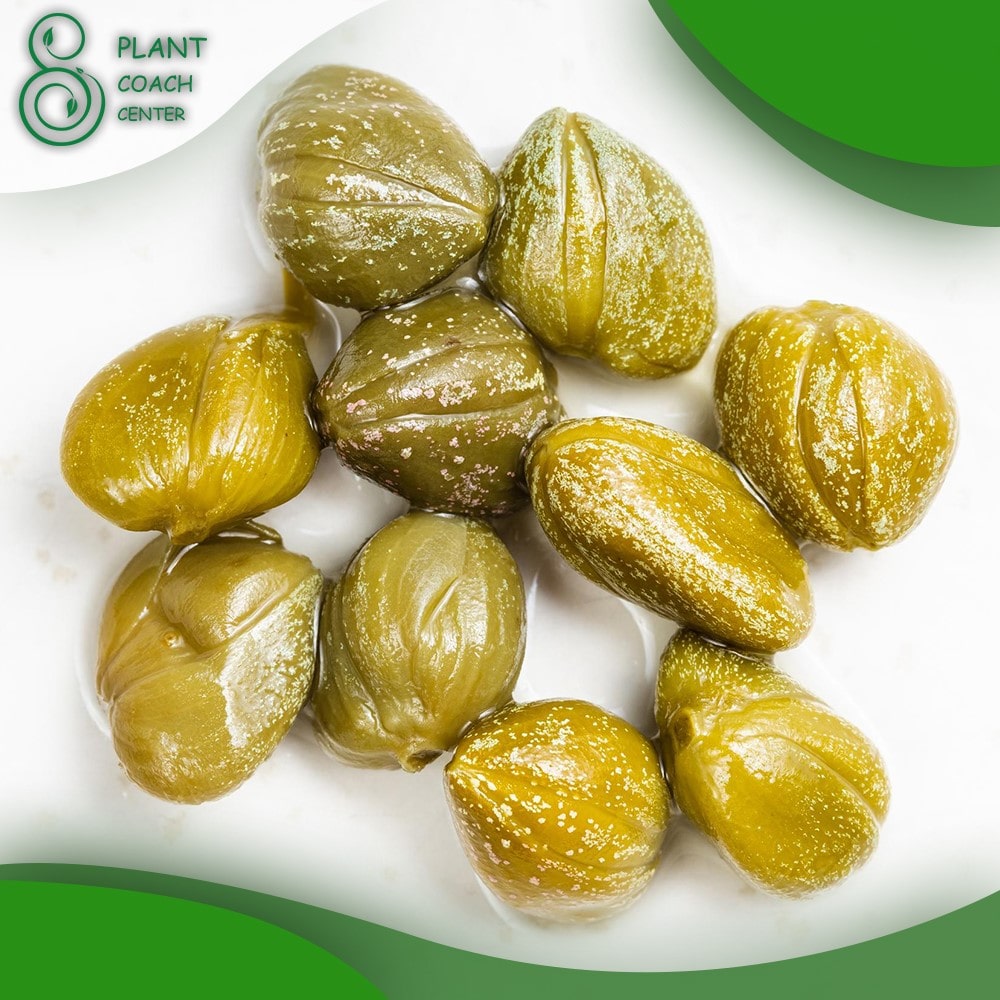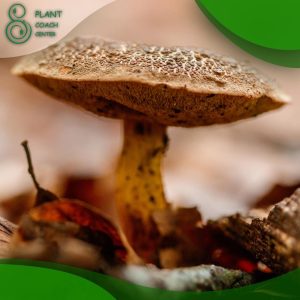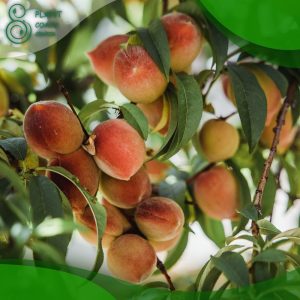A Peek into the Life of a Caper
So, how do capers grow? The caper plant, scientifically known as Capparis spinosa, is a perennial plant native to the Mediterranean and some parts of Asia. It’s a hardy grower, thriving in harsh, arid conditions where few other plants dare to tread.
The Geographical Spread of Capers
Over time, capers have spread across the globe, thanks to their resilience and the culinary demand for their distinctive buds. From the rocky cliffs of Greece to the arid plains of North Africa, you’ll find capers adding a touch of green to the landscape.
The Plant Structure
The caper plant is a low-spreading shrub, often draping over rocks and walls with a cascade of thick, glossy leaves and delicate white flowers.
The Caper’s Flower and Fruit
The caper’s buds, which we consume, are actually the plant’s flowers before they bloom. If allowed to mature, they transform into beautiful white to pink flowers which then produce a fruit called a caper berry.
The Growth Cycle of a Caper
Capers have a unique growth cycle. The plants hibernate during winter, come alive in spring, flower in early summer and bear fruit in late summer.
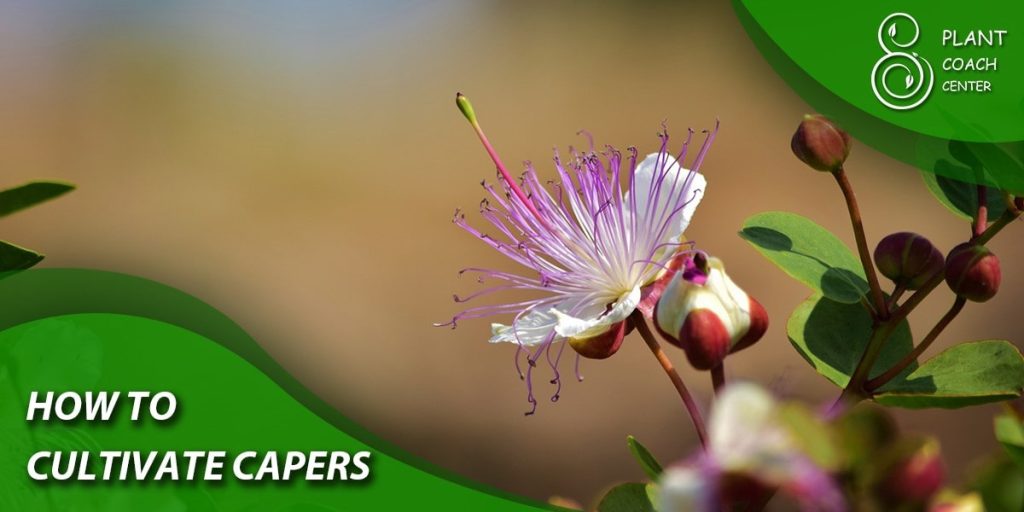
How to Cultivate Capers
Have you ever wondered how to grow capers at home? Let’s explore this further.
Suitable Conditions for Growing Capers
Capers favor a Mediterranean climate – think hot, dry summers and mild, wet winters. They also prefer well-drained soil and plenty of sunlight.
Planting and Caring for Your Caper Plant
Planting capers involves sowing seeds or cuttings in a sunny, well-drained spot. Once established, caper plants require minimal care, making them a favorite among novice and experienced gardeners alike.
Common Challenges in Caper Cultivation
Despite their hardiness, capers can sometimes fall prey to pests like whiteflies and diseases such as root rot, especially in poorly drained soils.
Harvesting Capers
Now that we’ve covered how capers grow, let’s look at how they’re harvested.
When and How to Harvest Capers
Capers are harvested by hand right before the day’s first light, just before the buds open into flowers. This labor-intensive process contributes to their premium price.
Post-Harvest Processing
After harvesting, capers undergo a curing process involving salt or vinegar, which gives them their characteristic piquant flavor.
The Many Uses of Capers
Beyond their culinary use, capers have several other applications.
Culinary Uses
Capers are a staple in Mediterranean cuisine, used in dishes like pasta puttanesca, chicken piccata, and as a garnish in salads and fish dishes.
Medicinal Uses
Capers have medicinal properties too. Rich in antioxidants, they’re known to have anti-inflammatory, anti-bacterial and liver-protecting properties.
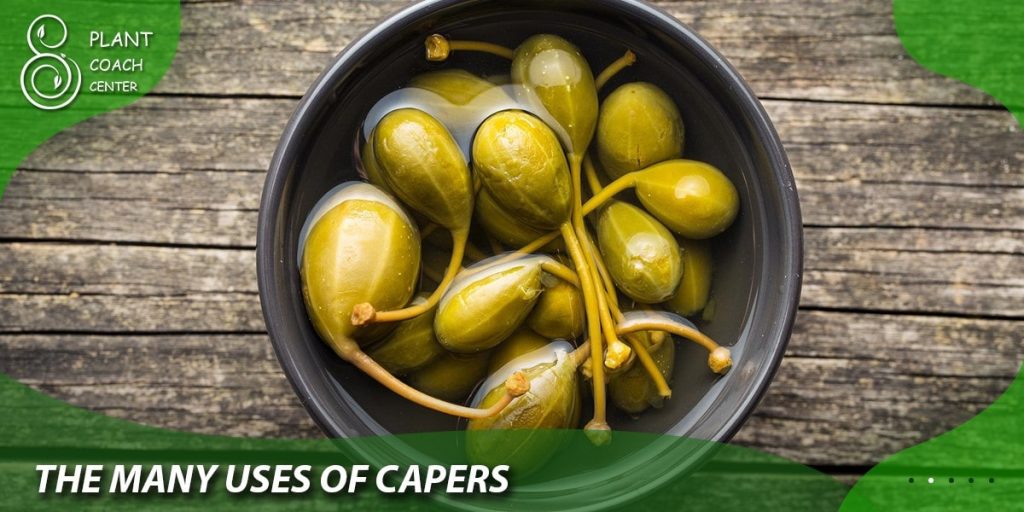
What are some common mistakes to avoid when growing capers?
Growing capers can be a rewarding experience, but a few common mistakes can hinder their successful cultivation. Here’s what you should avoid:
1. Inadequate Sunlight: Capers are sun-loving plants that need plenty of sunlight to thrive. They can tolerate partial shade, but for optimal growth and bud production, ensure they receive full sun.
2. Poor Drainage: Capers are accustomed to growing in arid, well-drained soils. If planted in soil with poor drainage, the roots may become waterlogged, leading to root rot and other fungal diseases.
3. Overwatering: As drought-tolerant plants, capers require minimal watering once established. Overwatering can lead to root rot and other moisture-related diseases.
4. Neglecting pH Levels: Capers prefer slightly alkaline soil with a pH between 6.0 and 8.0. Neglecting to monitor and adjust the soil’s pH levels can hinder the caper plant’s growth.
5. Improper Harvesting: Harvesting capers at the wrong time can affect their quality and taste. The buds should be harvested in the early morning before they open into flowers.
6. Ignoring Pest Control: While caper plants are generally hardy, they can attract pests like whiteflies or aphids. Ignoring these pests can lead to infestations that damage the plant and reduce the yield.
7. Lack of Pruning: Regular pruning is crucial for a healthy caper plant. It encourages the growth of new buds and helps to maintain the plant’s size and shape.
By avoiding these common pitfalls, you can increase your chances of successfully growing and harvesting capers.
How often should I prune my caper plant, and what tools should I use?
Pruning caper plants is an essential part of their maintenance, helping to promote growth and yield. Here’s a general guide on when and how to prune your caper plant.

When to Prune
Caper plants should be pruned in the late winter or early spring before the new growth starts, but after the last frost has passed. This is typically when the plant is dormant and has less foliage, making it easier to see and make precise cuts.
Frequency of Pruning
Pruning should usually be done once a year, but if your caper plant grows vigorously, more frequent pruning may be needed. Always remove dead, diseased, or damaged branches when you notice them, regardless of the season.
Tools for Pruning
When pruning your caper plant, ensure you use sharp, clean tools. Depending on the size of the branches you are cutting, the following tools may be needed:
– Pruning Shears: Ideal for cutting branches less than 3/4 inch in diameter.
– Loppers: These are similar to pruning shears but have longer handles and a larger cutting capacity, making them suitable for branches 3/4 inch to 1.5 inches in diameter.
– Pruning Saw: For branches larger than 1.5 inches in diameter.
Remember, always clean your tools between cuts, especially when removing diseased branches, to prevent the spread of plant diseases.
Pruning Technique
When you prune, make your cuts just above a bud that is facing the direction you want the new growth to take. Avoid leaving stubs as these can invite disease. For larger branches, use the three-cut method to prevent bark tearing: make a notch on the side of the branch that faces away from the trunk, then make a second cut inside the notch, and finally sever the branch from the other side.
Remember, pruning should be done conservatively, removing no more than 1/3 of the plant’s total foliage in a year. Pruning caper plants not only helps control their size but also improves air circulation and sunlight penetration, leading to a healthier plant with better yields. However, always consider the specific needs of your plant and adjust your pruning practices accordingly.
Conclusion
Capers bring a unique blend of taste and health benefits to our tables. These resilient plants, which can thrive in harsh climates, play a fascinating role in the world of food and gardening. Whether you’re a home cook, a professional chef, or a plant enthusiast, understanding how capers grow can deepen your appreciation for this extraordinary plant. Visit our website for more insights into the captivating world of plants.
What are capers?
Capers are the pickled flower buds of the Capparis spinosa plant.
Where do capers grow?
Capers are native to the Mediterranean region and also grow in parts of Asia.
How are capers harvested?
Capers are harvested by hand before dawn to prevent the buds from opening.
What do capers taste like?
Capers have a piquant flavor, a mix of tangy, lemony, and slightly olive-like tastes that can add a burst of flavor to a wide variety of dishes.
Why are capers so expensive?
Capers are considered expensive due to their labor-intensive harvesting process. Each caper bud must be hand-picked before dawn, which adds to their cost.
Can you grow capers at home?
Yes, you can grow capers at home if you live in a suitable climate. They require a Mediterranean climate, well-drained soil, and plenty of sunlight.


